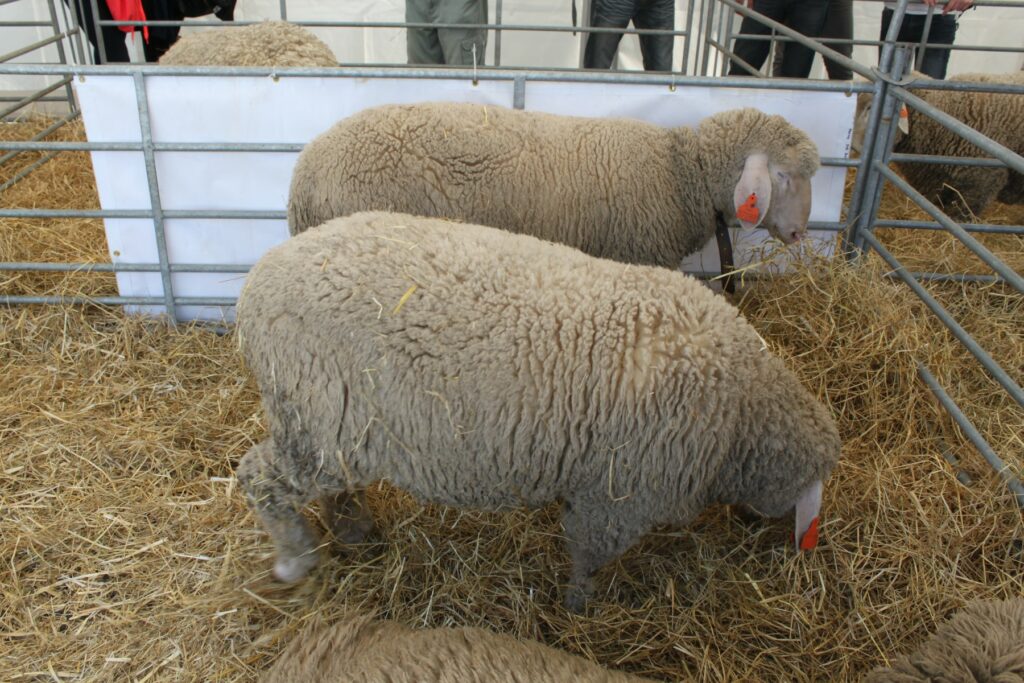
Vadlejch J., Magdálek J., Makovický P., Forejtek P. Patomorfologické změny spojené s infekcemi vyvolanými invazním parazitem Ashworthius sidemi. Pathomorphogical changes associated with infections caused by an invasive parasite Ashworthius sidemi. Veterinářství 2018;68(12):862-868.
SOUHRN
V gastrointestinálním traktu volně žijících přežvýkavců běžně parazituje celá řada druhů hlístic. Jedním z těch méně známých druhů je slezová hlístice Ashworthius sidemi. Informace o infekcích, které tento parazit vyvolává, včetně jejich dopadu na zdravotní stav hostitelů, jsou stále limitované. Cílem naší studie proto bylo vyhodnotit patogenitu hlístice A. sidemi u přežvýkavé spárkaté zvěře v České republice. Z oborních chovů, i z honiteb, byly získávány gastrointestinální trakty zvěře, z nichž jedenáct bylo vybráno pro účely této studie. Do studie byly zařazeny pouze slezy, ve kterých helmintologická pitva odhalila přítomnost hlístice A. sidemi. Zjištěné intenzity ashwortiózy kolísaly od šesti jedinců až téměř po 2300 jedinců. V infikovaných slezech byly také detekovány autochtonní hlístice rodů Spiculopteragia (prevalence 72,2 %) a Ostertagia (prevalence 36,4 %), vždy s nízkou abundancí. Na parazitovaných sliznicích byly makroskopicky viditelné hemoragické léze, lokalizované zejména ve fundu abomasa. Histologické vyšetření odhalilo kulatobuněčný zánětlivý infiltrát na podkladu edematické stromy, s přítomností hemoragických ložisek v mukóze slezu. V části vzorků bylo pozorováno doprovodné spektrum změn charakteru alterace, až rozpad žláznaté komponenty s iniciální až pokročilou autolýzou, včetně přítomnosti několika nekrotických ložisek. Patologický nález odpovídající chronické abomasitis nekoreloval s aktuálně zjištěnou intenzitou ashwortiózy. Na základě získaných výsledků studie lze konstatovat, že A. sidemi je patogenním druhem hlístice a infekce vyvolané tímto parazitem mohou mít negativní dopad na zdravotní stav zvěře.
SUMMARY
The gastrointestinal tract of wild ruminants is commonly infected by a wide spectrum of nematodes. One of the lesser known nematodes is an abomasal species Ashworthius sidemi. Information regarding infections caused by this parasite, as well as its impact on the host health, is limited. The aim of this study was to evaluate the pathogenicity of A. sidemi in cloven-hoofed animals in the Czech Republic. A number of gastrointestinal tracts of cloven-hoofed animals were obtained from both game reserves and hunting areas, and eleven of these tracts were selected for the purpose of this survey. Only abomasa tested positive for A. sidemi nematodes were selected for this survey. Intensity of ashworthiosis ranged from six to nearly 2,300 individuals. A helminthological dissection of the abomasa also revealed autochtonous nematode species of the generas Spiculopteragia (the prevalence of 72.2 %) and Ostertagia (the prevalence of 36.4 %); only a low abundance of these nematodes were detected. Macroscopic visible hemorrhagic lesions were detected on the mucous membranes of all of the infected organs. These lesions were mostly located in the abomasal fundus. A histological examination revealed a round-cell inflammatory infiltrate and an edema, which was related to hemorrhagic deposits in the abomasal mucosa. The accompanying spectrum of pathological alteration, even disintegration of glandular components associated with autolysis (initial to advanced), as well as necrotic deposits were detected in certain parts of the tissue samples. These pathological findings pointed to chronic abomasitis; however, did not correlate with the detected intensity of ashworthiosis. Based on the results of this study, one can assume that A. sidemi is pathogenic, and infections caused by this parasite may negatively impact game health.*